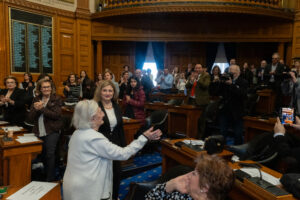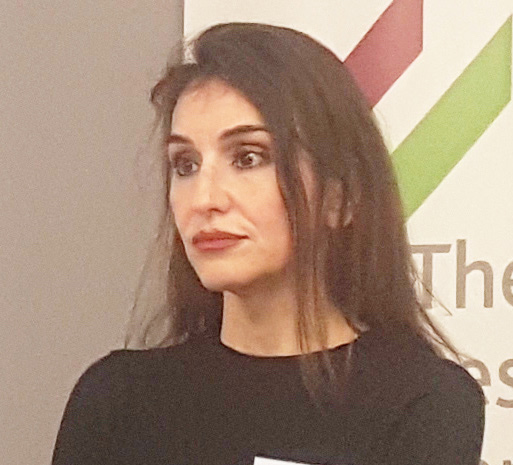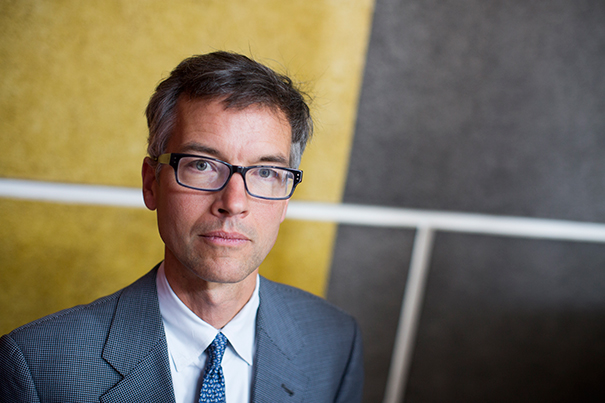WATERTOWN — Professor Christina Maranci was appointed to the Mashtots Chair in Armenian Studies at Harvard last summer, and the National Association for Armenian Studies and Research (NAASR), which helped establish this chair in 1959, is hosting a celebration of this on May 6 at the Charles Hotel in Cambridge, MA. Adi Ignatius, editor-in-chief of the Harvard Business Review, and Dr. Robin Kelsey, Shirley Carter Burden Professor of Photography and Dean of Arts and Humanities at Harvard University, both part of the upcoming program, offered some thoughts on Maranci and the Mashtots Chair.
Adi Ignatius
Ignatius will be serving as master of ceremonies of the celebration program. He observed that there are a lot of firsts in this appointment which are exciting – Maranci is the first woman, the first person of Armenian descent, and the first art historian to hold the Mashtots Chair. He said that her enthusiasm to connect not only experts in the world of academia but also broader circles with Armenian cultural history and the incredible art and architecture that perhaps is not as well known as that of some other nations itself is generating enthusiasm.

At the same time, he said, “I am really impressed with the ability of the Armenian community and NAASR to identify where it can help in a significant way, and to create this chair at Harvard, no less, so many years ago is extraordinary. You can’t overstate how unusual and impressive this is.”
There has been a shift in how the world perceives Armenia and the Armenians over the years. He said, “NAASR has really helped with that realization, messaging not to forget [the Armenian Genocide], but also not to simply fall back on that. When the world wants to know about Armenians there is a lot more than just the events of 100 years ago.”











